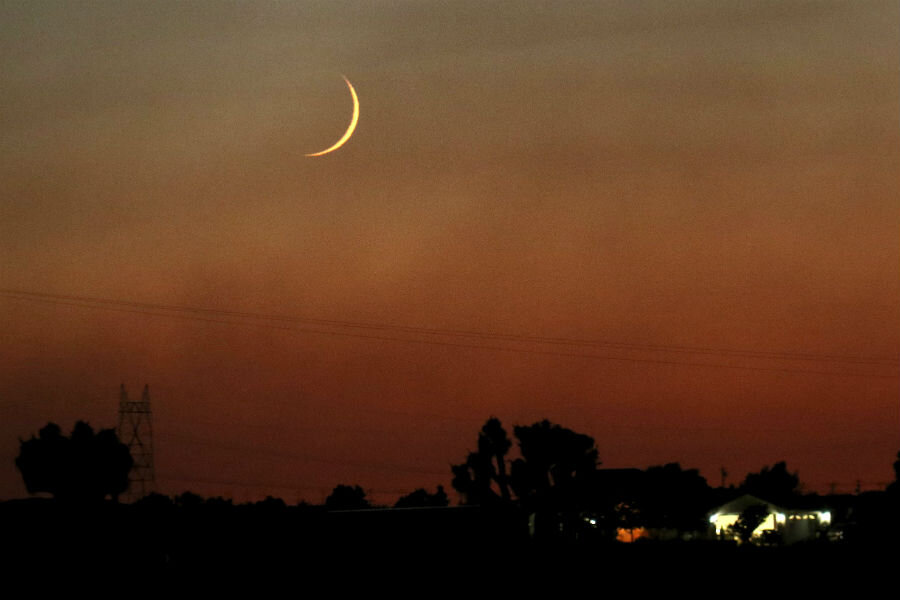Can we colonize the moon?
Loading...
Could the United States afford a permanent settlement on the Moon? According to a study commissioned by NASA, the answer is yes, if we're willing to go commercial.
The Space Frontier Foundation found that a lunar colony is feasible if America is willing to harvest the moon’s natural resources for profit, and to invest upwards of $40 billion. But both the price tag and the mission are, of course, complicated.
The study concluded that “America could lead the development of a permanent industrial base on the Moon of 4 private-sector astronauts in about 10-12 years,” emphasizing the use of public-private partnerships, much like the ones being used today to get cargo up to the International Space Station (ISS) through partnerships with companies like SpaceX and Orbital ATK.
NASA concluded in a study that such a partnership saved taxpayers and the cash-strapped agency nearly 90 percent of what it would have cost if a similar mission to the ISS depended solely on NASA. The Space Frontier Foundation says such a model, which allows the private sector to innovate, attract investors, put commercial practices to use, and bring ideas to bear without government oversight, would be integral to the success of a moon mission of this kind.
But first, robots have to find lunar water.
Harvesting the vast amounts of water on the Moon – the equivalent of the Great Salt Lake in Utah – could make the project commercially viable. The oxygen and hydrogen that may be found in lunar craters at the Moon’s poles could provide the ingredients needed to fuel robotic systems, air for people to breathe, water to drink, and the propellant necessary for takeoff and landings on the Moon’s surface.
"This will be a complex operation requiring a period of growth, trial and error, failure, repair, and maintenance as the process matures in operations and procedures," the report states.
The hunt for lunar ice, as the report puts it, is like ‘prospecting for gold,’ and presents the biggest risk to the proposed mission. If robots are unsuccessful in locating the ice, the mission would have to be amended or even canceled. This would all happen before humans even made a return to the Moon, which the researchers suggest wouldn't happen until the final phase, once robots have prospected and built the infrastructure needed to allow for human habitation.
The potential for creating a lunar fuel station also brings a manned mission to Mars within NASA's grasp.
As Space Frontier Foundation's Chairman Jeff Feige put it to Discovery, "This is the way that America will settle the final frontier, save taxpayers money, and usher in a new era of economic growth and STEM innovation."








